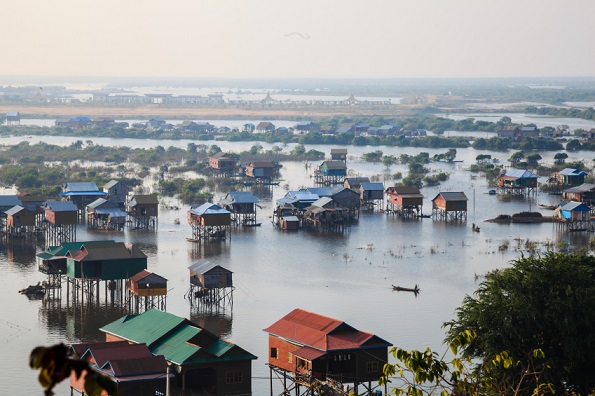 The purpose of this step is to define “resilience” in the context of the city, and what the desired outcomes of the resilience building process are. While the overall definition of resilience will not change, the parameters for measuring resilience will vary depending on the unique challenges, capabilities, and opportunities of a city and will depend on the experiences and aspirations of the various stakeholders. This step is therefore critical for creating shared values among stakeholders that will guide the subsequent steps in the process. The outcome of this step maybe in the form of a statement of principles, priorities, and objectives which will guide the selection of resilience building activities. The goals and objectives set out as part of the resilience planning process should be consistent with the overall city planning framework. As far as practical, the resilience goals should be mainstreamed into the overall goals of the city.
The purpose of this step is to define “resilience” in the context of the city, and what the desired outcomes of the resilience building process are. While the overall definition of resilience will not change, the parameters for measuring resilience will vary depending on the unique challenges, capabilities, and opportunities of a city and will depend on the experiences and aspirations of the various stakeholders. This step is therefore critical for creating shared values among stakeholders that will guide the subsequent steps in the process. The outcome of this step maybe in the form of a statement of principles, priorities, and objectives which will guide the selection of resilience building activities. The goals and objectives set out as part of the resilience planning process should be consistent with the overall city planning framework. As far as practical, the resilience goals should be mainstreamed into the overall goals of the city.
The process of setting the overall goals and objectives should be consultative and involve the key stakeholders identified in the previous step. The following key considerations may inform the goal setting process:
- Inventory of resilience building efforts that have been undertaken or that are currently underway in the city, along with results and lessons learned;
- Description of development challenges currently facing the city (e.g. informal settlement, waste management, poverty alleviation) and trends;
- Review of existing policy and planning framework related to resilience, climate change adaptation, disaster risk reduction, and development; and
- Initial resilience profile and inventory of assets and capabilities.
These outputs can serve to further raise awareness among stakeholders and galvanize support from the city’s leadership. A major output of this stage is to establish a baseline and “status report” for the city, which will help in identifying priority areas for building resilience. A second potential output is a more detailed workplan which lays out planning activities, budgetary needs, and timelines, which can be submitted to the city government.

